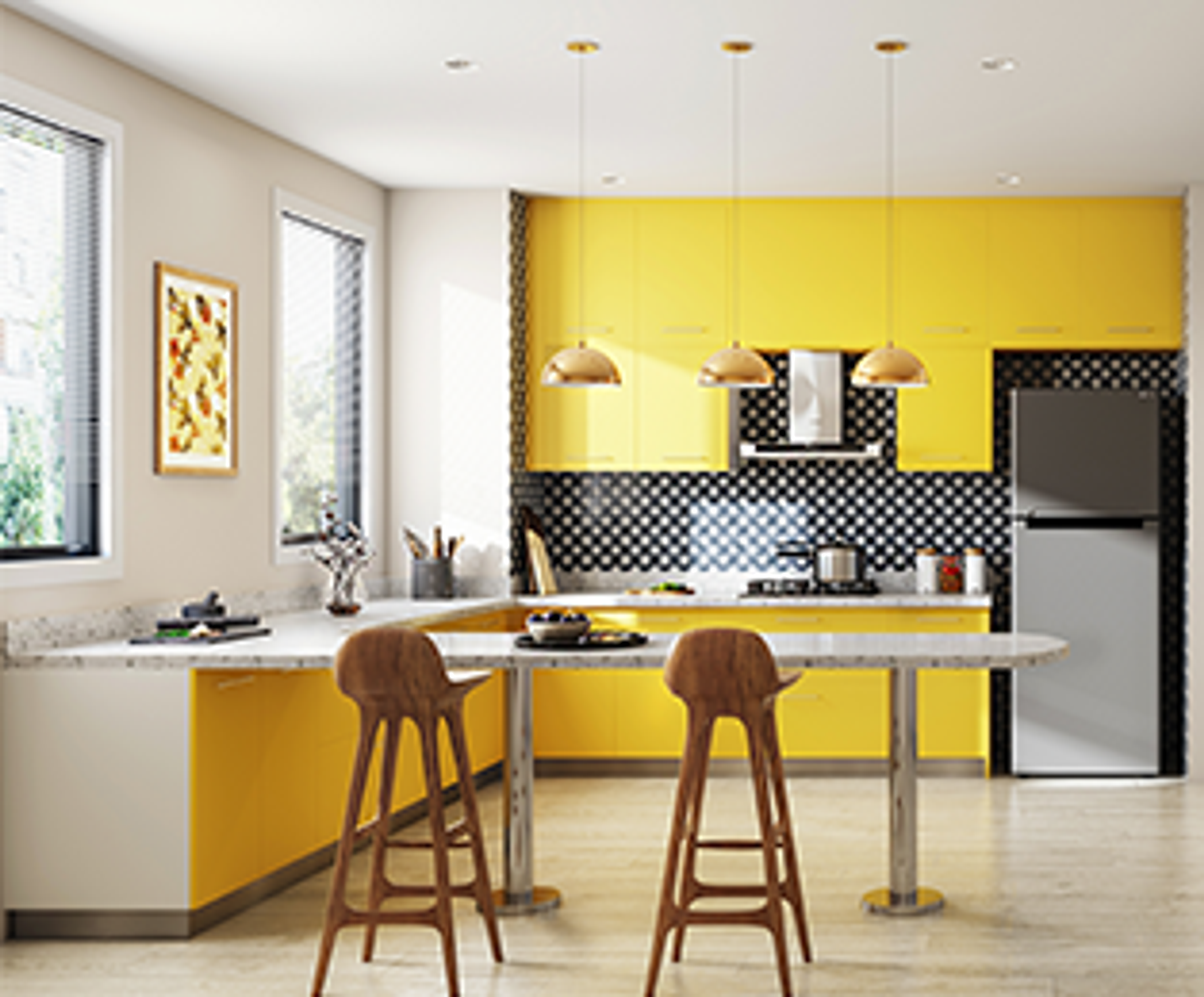Transform Your Home With Important Concepts of Interior Design and Aesthetics
By recognizing the effect of shade theory and the significance of structure and patterns, one can produce rooms that are not just aesthetically enticing however likewise deeply personal. Accomplishing this equilibrium entails more than simple design; it includes a tactical plan and a keen understanding of exactly how each aspect engages within a room.
Recognizing Shade Theory
Understanding the principles of shade theory allows designers to create spaces that resonate emotionally with occupants while fulfilling functional requirements. Each classification plays a vital function in establishing consistency within a room.
The mental effect of shades is extensive; warm hues such as reds and oranges stimulate power and warmth, while amazing tones like blues and greens advertise peace and peace. Moreover, the use of complementary colors enhances aesthetic rate of interest, producing striking contrasts that can raise a space's charm.
Neutral shades, on the various other hand, function as a versatile backdrop, allowing various other style components to shine. It is vital to think about factors such as lights and the area's objective when picking a shade palette, as these can modify the understanding of shades throughout the day.
Inevitably, a well-considered color pattern can change a room, fostering a sense of convenience and style that straightens with the occupants' choices. Mastery of color concept is, consequently, a vital skill for any indoor developer aiming to produce unified and inviting atmospheres.
Accomplishing Balance in Layout
How can designers attain a feeling of balance in their rooms? Accomplishing balance in style is essential to developing unified interiors. Designers can utilize 3 main kinds of balance: symmetrical, asymmetrical, and radial. Balanced equilibrium involves organizing elements uniformly around a central factor, cultivating a feeling of order and peace. This type commonly features sets of furnishings or artwork, enhancing visual security.
Unbalanced equilibrium, on the other hand, relies upon differing elements that still accomplish a natural appearance. This technique permits for even more dynamic and informal plans, giving interest while keeping balance. By very carefully picking differing dimensions, colors, and structures, designers can develop an aesthetically compelling space that really feels balanced yet energised.
Radial balance stresses a central prime focus with components radiating outside. This style is commonly seen in circular formats, where furniture and style produce a natural border that draws the eye inward.
Inevitably, accomplishing equilibrium requires thoughtful factor to consider of scale, proportion, and the connections in between elements. interior design firms. By skillfully using these equilibrium principles, designers can change areas into settings that feel both visually pleasing and functionally harmonious, enhancing the general experience for residents
Relevance of Spatial Recognition

An eager sense of spatial understanding allows developers to recognize focal points within an area, assisting the visitor's attention to key features while maintaining a total sense of unity. It additionally assists in the critical positioning of lighting, which can considerably influence the assumption of room and state of mind. Furthermore, recognizing spatial connections makes it possible for the developer to deal with the details demands of occupants, ensuring that each location serves its designated objective without endangering looks.
Eventually, spatial recognition is critical for making the most of the capacity of any kind of indoor space. By meticulously taking into consideration the interplay between measurements, format, and function, designers can produce atmospheres that not only meet practical needs however additionally evoke a feeling of comfort and beauty, boosting the overall living experience.
Including Texture and Patterns
Accepting a varied array of structures and patterns can considerably enhance the aesthetic and tactile appeal of an interior room. The calculated use of various materials-- such as timber, steel, textile, and stone-- produces deepness and passion, making an area feel more inviting and dynamic. Incorporating smooth surface areas with rough appearances can develop a balance that draws the eye and involves the senses.
When integrating patterns, think about both scale and repeating. Large patterns can work as focal factors, while smaller, refined styles can enhance other aspects without overwhelming the area. Layering patterns, such as pairing floral pillows with candy striped tosses, adds intricacy and a sense of that site harmony if implemented attentively.
It is additionally vital to maintain a cohesive shade palette, making sure that textures i was reading this and patterns interact rather than compete for interest. By picking a few vital appearances and patterns, you can create a combined visual that reflects your individual style while enhancing the total ambiance of the area. Ultimately, the mindful consolidation of these elements can change an ordinary area into an advanced environment abundant with personality and heat.
Individualizing Your Space
Developing an area that reflects your character is vital to accomplishing a genuinely welcoming environment. Customization in interior decoration permits you to instill your one-of-a-kind style and passions into your home, transforming it from a simple shelter right into a sanctuary that talks to that you are. Begin by picking a shade scheme that reverberates with your feelings-- strong tones can stimulate, while soft tones supply tranquility.
Incorporate artwork and decor that show your enthusiasms, whether it be travel, nature, or abstract ideas. Showing personal collections, such as publications, photographs, or mementos, can evoke cherished memories and produce prime focus within a space. Additionally, take into consideration customizing useful pieces, like upholstered furnishings, to straighten with your visual preferences.

Final Thought
Finally, the transformation of a home through the important principles of interior decoration and aesthetics necessitates a detailed understanding of shade theory, balance, spatial understanding, structure, and personalization. Each component adds substantially to creating a harmonious and functional living setting - why not try these out Architecture Firm. By attentively incorporating these principles, individuals can boost the visual appeal and psychological vibration of their areas, ultimately promoting a home that reflects special identities while providing convenience and functionality